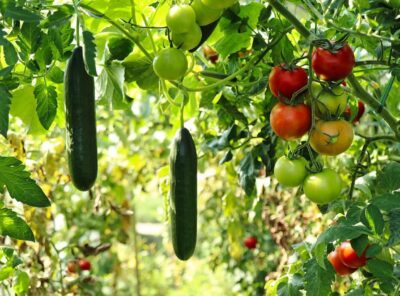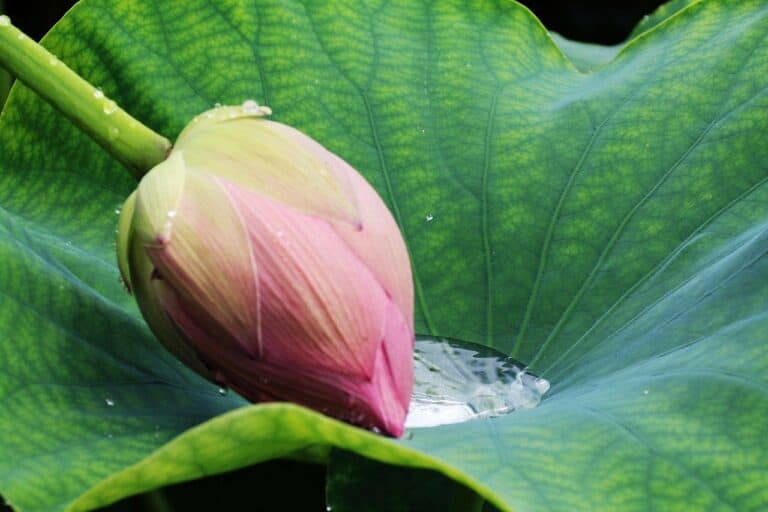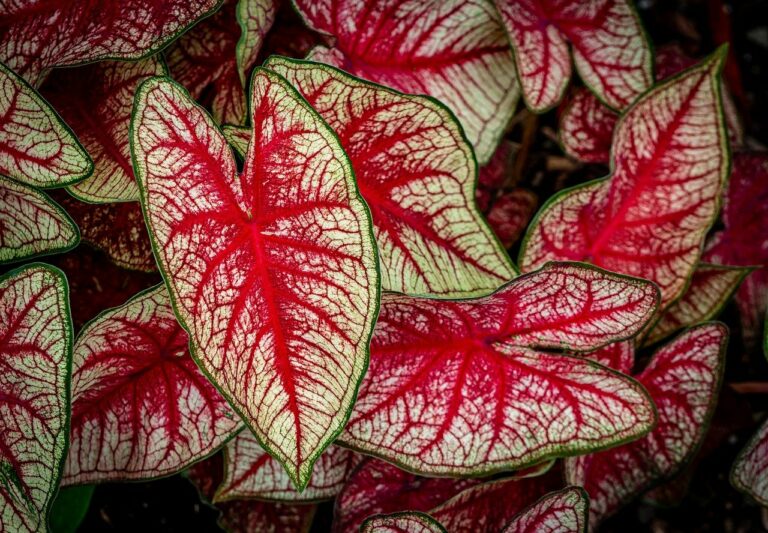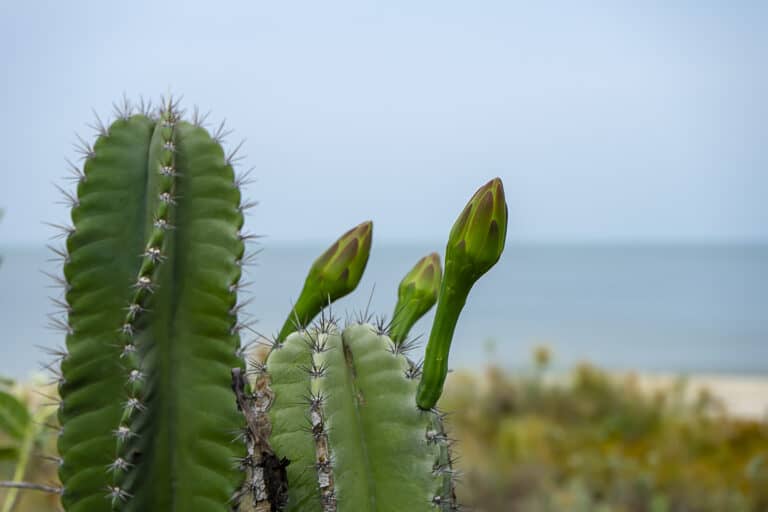Image by NARAYANAN MADESHAN from Pixabay
|| Top 20 Most Common Types of Edible Peppers || How To Grow And Harvest Bell Peppers ||
Table of Contents
How To Prune Pepper Plants
Bell Pepper is a vegetable that is used in many different dishes. Bell peppers are a type of pepper that comes in various colors, including red, green, yellow, and orange. Their sweet flavor and crisp texture are well-known. Bell peppers can be eaten raw or cooked.
Native Americans first cultivated the bell pepper in the Andes Mountains in South America. The Incas called it “chile,” which means “big chili pepper.” It is now grown worldwide and eaten by people of many different cultures.
Bell peppers are a type of vegetable that is used in many dishes. They are often used to give a dish a sweet taste and can be eaten raw, cooked, or dried. You can find bell peppers in the produce section of grocery stores.
Bell peppers are part of the nightshade family and grow well in warm climates. However, they can also be grown indoors with some extra care given to their environment.
Peppers are a great vegetable to grow in the garden. They are easy to grow, and they can be used in various recipes. One way to increase your pepper yields is by pruning them!
The Steps To Plant And Grow Bell Peppers Are As Follows.
1. Prepare the soil for planting bell peppers by adding compost, manure, and other organic materials.
2. Plant the seeds in a row or a rectangular pattern, at least 12″ apart, so that they have adequate space to expand without crowding each other
3. Water the plants regularly and fertilize them with compost tea every few weeks to keep them healthy and thriving.
4. Harvest bell peppers when they are red, ripe, and ready for eating!
Bell peppers are a vegetable that can be grown in many different zones. They are typically grown in warmer climes, but they can also be produced in cooler climates. The plants do well when they are planted in zones with cooler weather.
They grow best when the soil is well-drained and require a lot of sun. Therefore, Bell pepper plants need to be watered regularly and fertilized with compost or manure every few weeks.
Why Prune Bell Peppers
Pruning is a technique that helps plants grow better. It is done by cutting off the branches that have become old, diseased, or damaged. Pruning pepper plants helps them grow into strong, healthy, and productive plants.
Soil fertilizers can also be applied to help the plant grow better, but it is not a substitute for pruning. Pruning should be done after every harvest or when the plant has grown too big for its space.
How to Prune Pepper Plants:
1. Cut off the pepper plant’s stem at the desired height.
2. Remove any dead or diseased leaves from the plant and discard them.
3. Cut away any branches growing at an undesirable angle and add them to your compost pile or throw them away.
4. Trim away any branches rubbing against each other and cut back to a healthy addition if necessary.
5. Thin out branches that are growing too close together, leaving about 6 inches between each branch for air circulation and sunlight penetration, as well as easy picking of peppers when they ripen fully on the plant’s stalk
Do I Need To Prune Pepper Plants?
Pruning is removing the deadwood from a tree—stem, leaves, or branches of plants. The primary purpose of pruning is to maintain the health and shape of the plant.
Yes, you should prune pepper plants. Pruning encourages new growth and reduces disease risks.
Pruning Pepper Plants – How To Prune For Better Yields
Yields measure the productivity of a crop in terms of the amount of produce yielded per unit area.
A yield can be calculated by dividing the total weight or volume of produce harvested by the total weight or volume of seed planted.
A general rule to calculate yields is that there is an associated increase in profits for every 1% increase in yield.
Pruning peppers will help them get more light and air circulation. This allows the plant to grow faster, produce more fruit, and resist pests.
It’s vital to know how much you should prune your pepper plants. It depends on the type of pepper plant you have, but for most plants, it’s about 2-3 inches off the ground every time you water them.
Pepper plants are a warm-season crop that needs to be pruned early in the season.
Pepper plants are a warm-season crop that needs to be pruned early in the season. The pepper plant is technically a perennial, but it has been bred to produce fruit within one year.
The plant produces fruit on new growth and will continue to set fruit until it is cut back, so you must prune the plant to keep it healthy and to produce well.
Pepper plants can be grown in pots or containers, but they still require support for the branches and leaves.
Pruning is done by removing any dead, diseased, or damaged branches from the plant, as well as removing any leaves that have fallen off or wilted
Prune Off The Growing Point To Improve Branching
Pruning off the growing point is a technique used to improve branching in the tree.
This technique is done by cutting off the growing point of a branch or stem. This can be done because it has grown too long and interferes with other branches. Pruning off the ever-increasing point will help balance outgrowth, promoting healthy branching in the tree.
Remove early pepper flowers to encourage healthy roots
Early pepper flowers are a great source of nutrition for the plant. However, they are also a potential threat to the plant’s health. The flowers can cause root rot and stunt the growth of the plant.
The best way to prevent this is by removing the flowers as soon as they appear on the plant. This will keep pests away from them, and it will also help the environment. It will allow more nutrients to be sent to healthy roots that need it.












